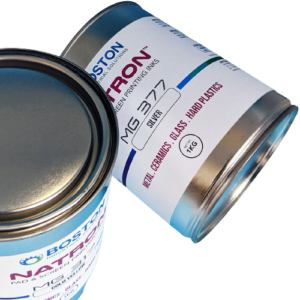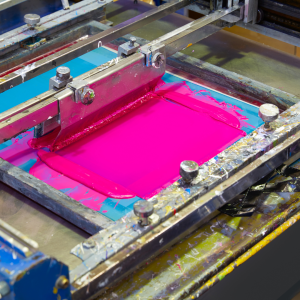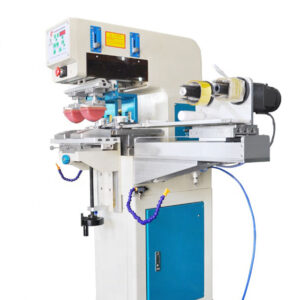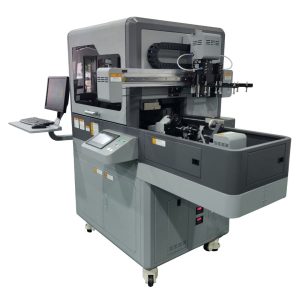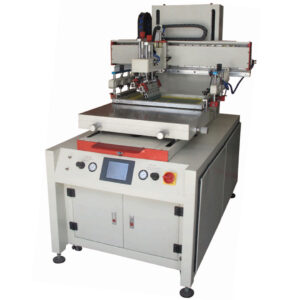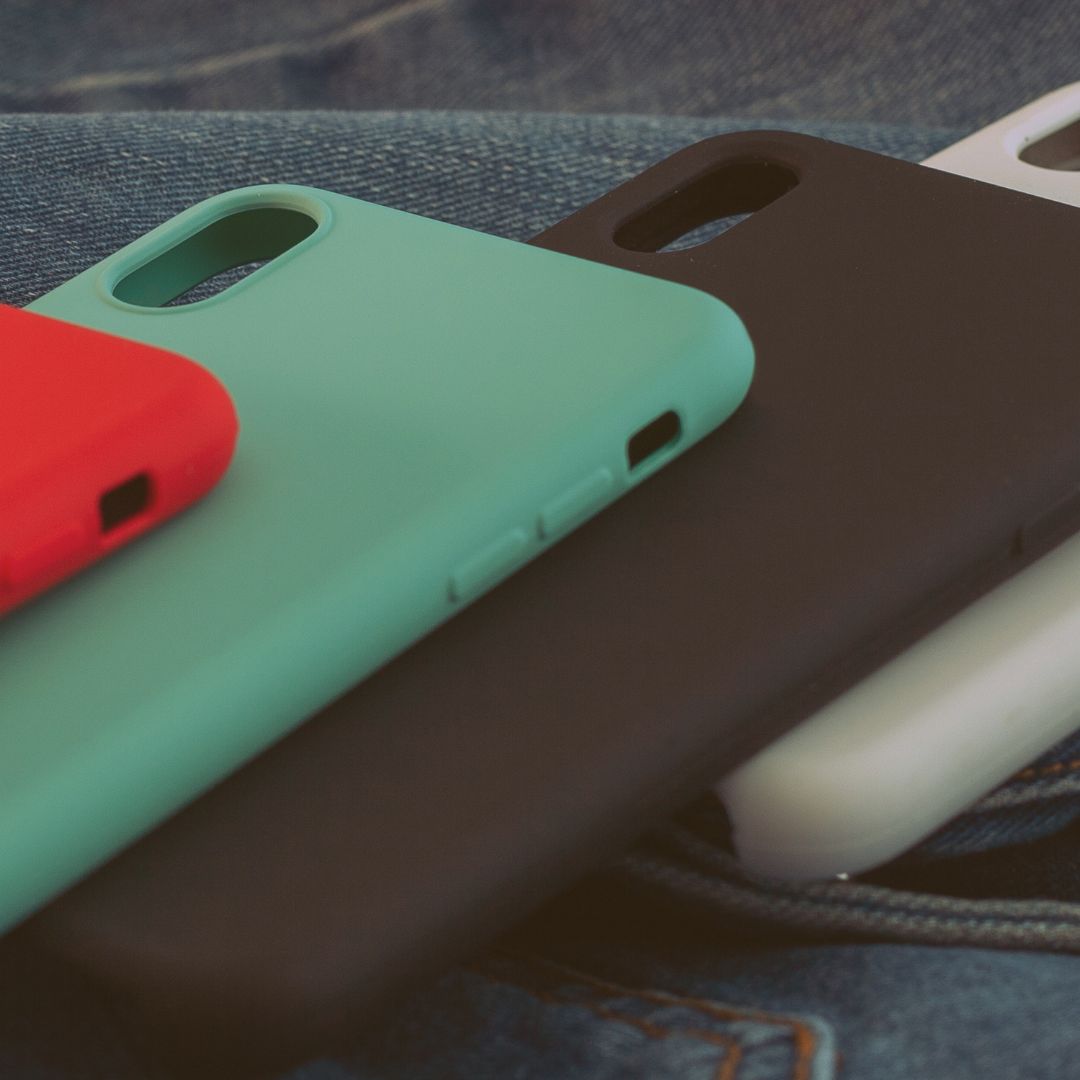The Natron ST ink is a specialized type of pad printing ink for TPE materials, soft-touch coatings, rubber, and textiles. This pad printing ink for thermoplastic elastomer (TPE) plastics has a high level of opacity, makes prints that last for a long time, and can be used for many different things. This ink is not only flexible, but it is also resistant to alcohol, oils, greases, and solvents. This makes it perfect for toys, automotive, tagless printing, gloves, and industrial uses.
What are TPE materials?
Before discussing how to pad print TPE materials, lets first understand the material. TPE stands for thermoplastic elastomer. This type of polymer material combines the properties of both thermoplastics and elastomers. Thermoplastic, also referred to as “thermosoft plastic,” is any plastic polymer material that becomes pliable or moldable at a certain elevated temperature and solidifies upon cooling. Elastomers, on the other hand, are elastic materials that regain their original shape if they are distorted.
Therefore, TPEs possess characteristics of both thermoplastics and elastomers. They exhibit a soft touch and are flexible, elastic, and durable. This makes this material a popular choice for a wide range of applications. Common applications for this material include toys, seals, gaskets, automotive, and various consumer goods. These parts are commonly manufactured using injection molding or blow molding. Additionally, unlike traditional elastomers, it is possible to recycle TPE multiple times. This makes this material suitable for use in products that require repeated cycling and reprocessing. Lets review how pad printing on TPE is done.
Pad printing on TPE materials
TPE and TPU substrates are gaining popularity. The parts feel more expensive compared to plastic. They are also cost-effective to manufacture. To pad print on TPE and TPU substrates, the Natron ST series is a great ink to use. Another excellent option, particularly for TPU, is the Natron NxT Series for screen and pad printing on Nitrile. Some of these materials might contain polypropylene. When this is the case, priming is the solution. The Natron PP primer is an excellent primer for pad printing on TPE materials. The other alternative would be to pre-treat the materials with corona or flame treatment prior to printing.
Learn more about inkjet primers for industrial inkjet printing.
The Natron ST pad printing ink for tagless label printing
ST Series pad printing ink is a specialized 1- or 2-component ink with excellent adhesion to apparel and rubber-like substrates. This pad printing ink is flexible and very opaque, making it the ideal choice for rubberized and soft-touch items. Lastly, the Natron ST pad printing ink for TPE plastic is nontoxic and made with pigments that don’t fade and don’t contain any heavy metals.
Ink mixing and printing
When pad printing on soft-touch and flexible items using the ST series ink, use 5% of the i-300x pad print hardener. At least 10% solvent should be added. Some colors, like black, might need more solvent.
Pad Print the TPE material product and dry it using heat, or let it air cure over time. For air cure, it takes about 48 hours to achieve full cure at room temperature with a 15% humidity level.
Another popular material is silicone. Silicone is becoming a popular choice for drinkware sleeves. In another article, we will discuss how to use the SE pad printing ink for silicone to print on silicone cup sleeves.
To learn more about pad printing and color filling applications, please subscribe to our YouTube channel


